
How to Choose Pad Mounted Transformer?
Table of Contents Selecting the right pad-mounted transformer requires careful consideration of several critical factors, as these ground-mounted distribution transformers play a vital role
ELECTRIC, WITH AN EDGE
Transformer losses refers to the sum of no-load loss Po, short-circuit loss Pk and stray loss Ps. The no-load loss and load loss of the transformer refer to iron losses and copper losses respectively.
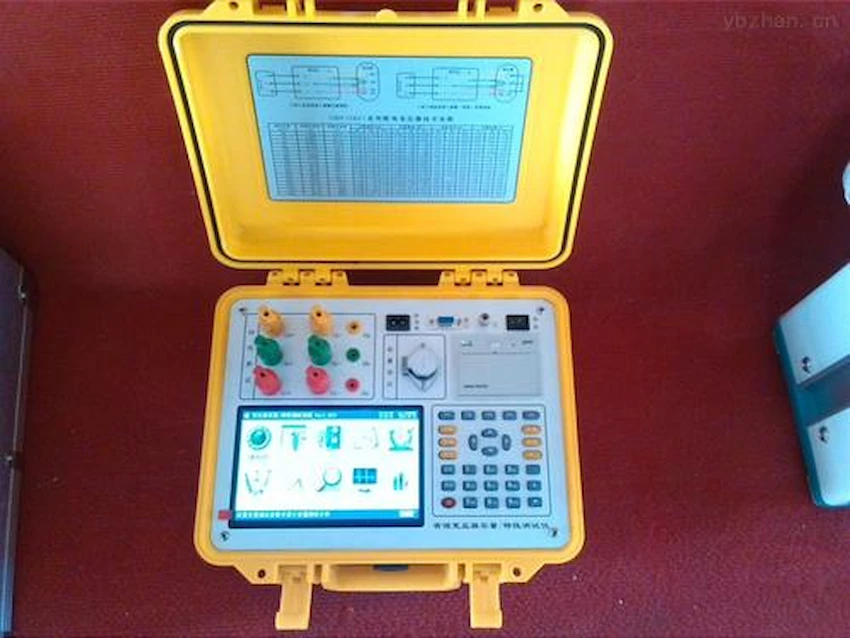
The power losses of the transformer is composed of iron loss and copper loss. The iron loss is related to the running time, and the copper loss is related to the load.
Then, when calculating the power losses of the transformer, the iron losses and the copper losses need to be calculated separately.
Iron loss power of different models and capacities, calculation transformer losses formula
: iron loss power (kWh) = no-load loss (kW) × power supply time (hours)
The no-load loss (iron loss) of the distribution transformer can be found in the attached table. The power supply time is the actual operating time of the transformer, which is determined according to the following principles:
(1) For users with continuous power supply, the whole month is calculated as 720 hours.
(2) Intermittent power supply or curtailment due to power grids shall be calculated according to the actual power supply hours of the substation to the user. The calculation shall not be based on the difficulty of calculation. The calculation shall be based on the operation of the whole month. Time should be deducted when calculating the iron loss.
(3) Users who have a product clock on the low-voltage side of the transformer are calculated according to the accumulated power supply time of the product clock.
When the load factor is 40% and below, it will be charged as 2% of the monthly electricity consumption (using the meter reading). The calculation transformer losses formula: copper loss electricity (kWh) = monthly electricity consumption (kWh) × 2%
Copper loss is related to the size of the load current (electricity). When the monthly average load rate of the distribution transformer exceeds 40%, the copper loss electricity should be calculated at 3% of the monthly electricity consumption. The monthly electricity consumption when the load factor is 40% is checked by the attached table.
The calculation transformer losses formula of load rate: load rate = copy see electricity/S.T.Cos¢
In the formula: S——Rated capacity of distribution transformer (kVA); T——Full month calendar time, 720 hours;
COS¢——power factor, take 0.80.
The transformation loss of a power transformer is divided into copper loss and iron loss. Copper loss is generally 0.5%. The iron loss is generally 5~7%. The transformation loss of dry-type transformers is smaller than that of oil-invaded transformers. Total variable loss: 0.5+6=6.5
Calculation method: 1000KVA×6.5%=65KVA, 65KVA×24 hours×365 days=569400KWT (degrees)
The specific data will be marked on the nameplate on the transformer, so you can take a look at it when you have time.
The above is the calculation method of the power losses of the transformer, I hope it will be helpful to everyone.

Table of Contents Selecting the right pad-mounted transformer requires careful consideration of several critical factors, as these ground-mounted distribution transformers play a vital role

The primary function of the pad mounted transformer is to serve as a critical distribution transformer that steps down higher primary voltage from utility distribution

A pad mounted transformer operates through electromagnetic induction, serving as a crucial distribution component that converts high voltage electricity to lower, usable voltages for residential

When looking for the best pad-mounted transformer manufacturer, it’s important to find industry leaders known for reliability and innovative solutions. Pad-mounted transformers are essential in


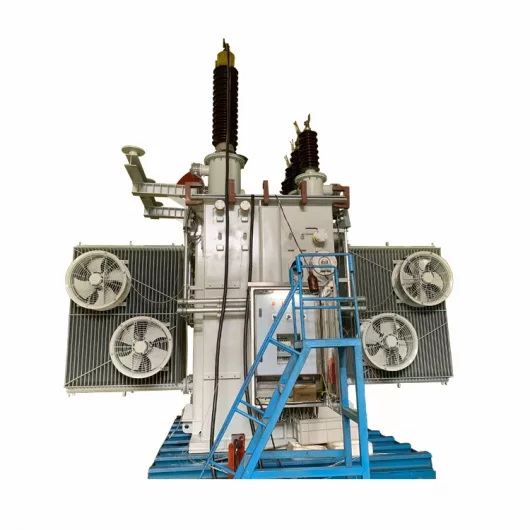
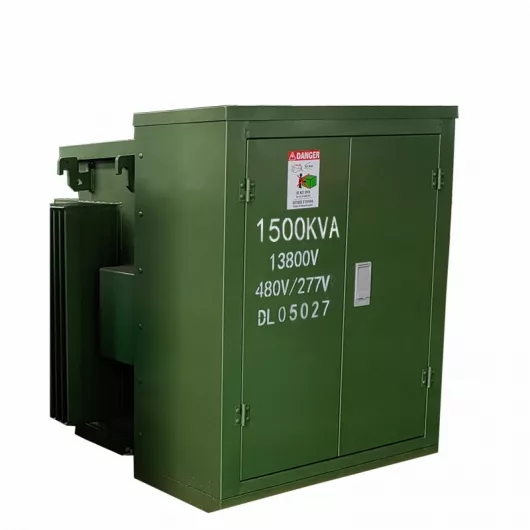
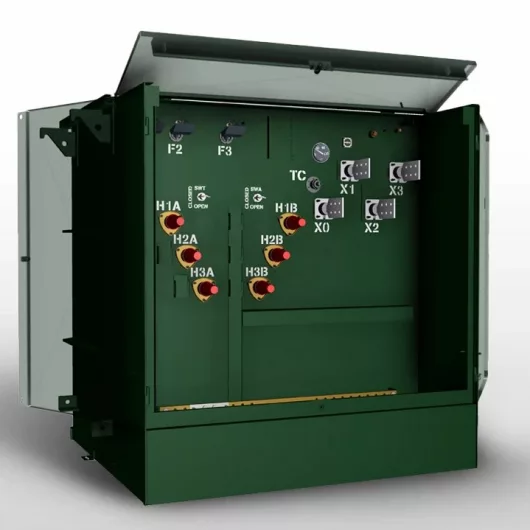
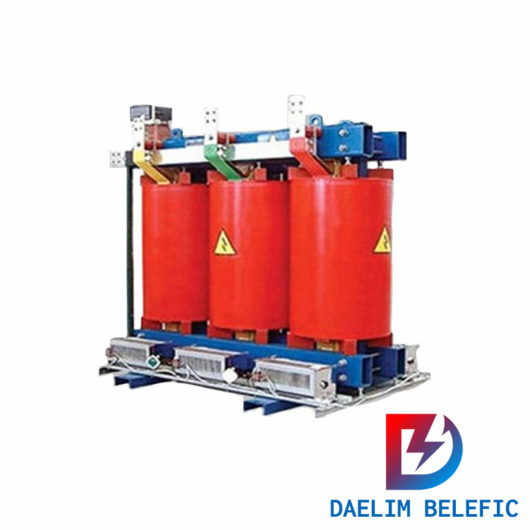
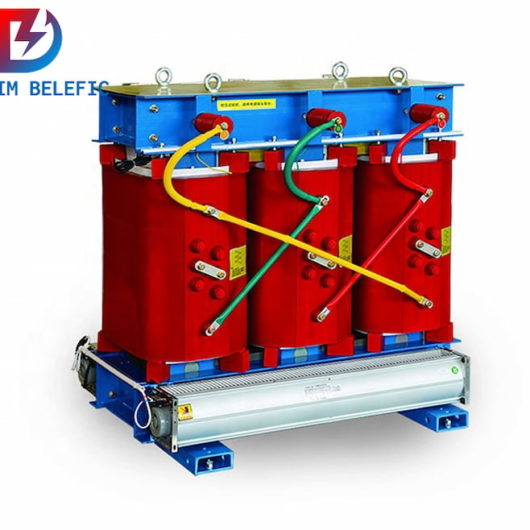

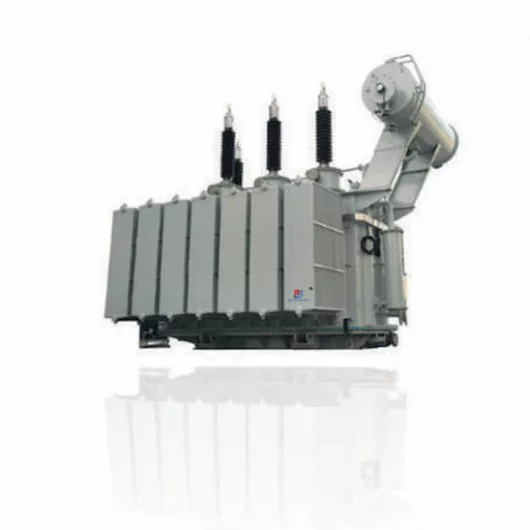
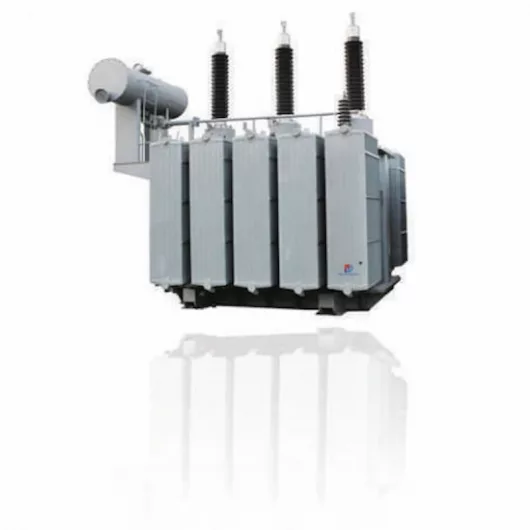


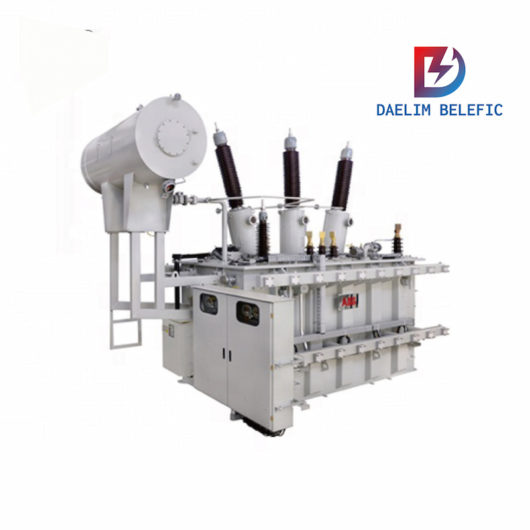
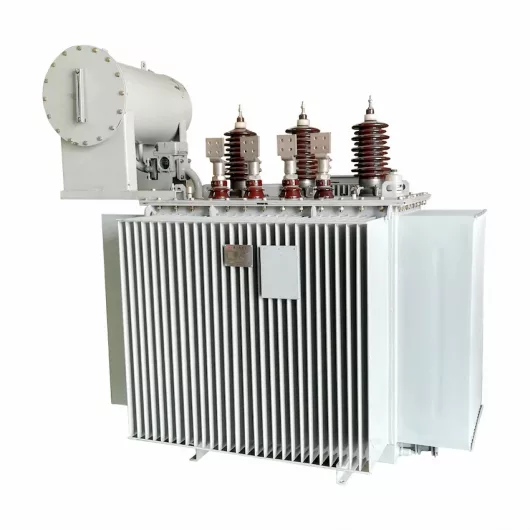

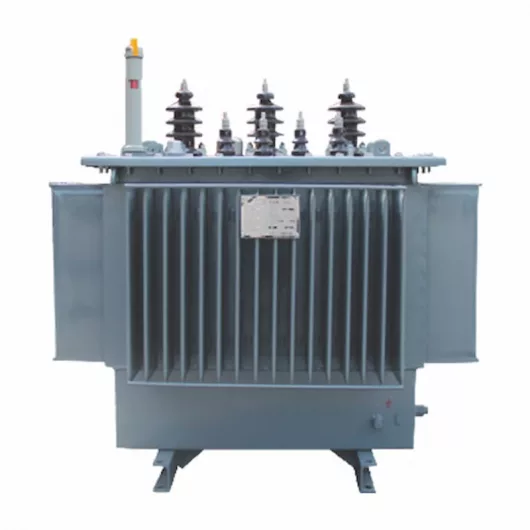
After filling in the contact information, you can download the PDF.
5 Responses
Together with everything which appears to be building throughout this specific subject matter, your points of view are actually quite refreshing. However, I beg your pardon, but I do not give credence to your whole strategy, all be it exhilarating none the less. It appears to everybody that your opinions are actually not totally validated and in reality you are yourself not even thoroughly certain of the assertion. In any case I did appreciate looking at it.
Fantastic post.Really looking forward to read more. Cool.
I appreciate, cause I found just what I was looking for. You have ended my 4 day long hunt! God Bless you man. Have a great day. Bye
Valuable information. Lucky me I found your web site by accident, and I am shocked why this accident did not happened earlier! I bookmarked it.
What a data of un-ambiguity and preserveness of precious knowledge regarding unpredicted emotions.